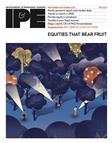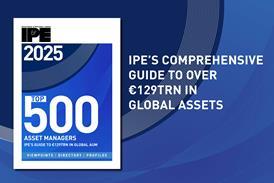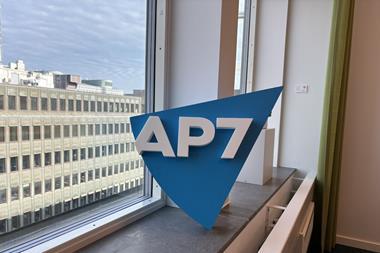The Task Force on Nature-related Financial Disclosures (TNFD) framework and other reporting frameworks could significantly shape the International Sustainability Standards Board’s (ISSB) approach to future rulemaking on biodiversity, ecosystems, and ecosystem services (BEES).
ISSB staff member Jeff Stehm told a recent meeting of the board that a comparison of these frameworks had found “a significant number of similarities” with IFRS S1 and the Sustainability Accounting Standards Board (SASB) standards.
This suggested, he added, that the ISSB could “effectively leverage and build upon” them.
Staff research findings
In addition to identifying these similarities, the staff’s research has also uncovered areas of difference and “greater specificity” between BEES-related disclosure standards and the board’s literature.
The next phase of research, staff said, will focus on assessing identified differences – particularly those with “greater specificity” – to determine their investor relevance.
The ISSB began its BEES project in July last year and is currently in the “foundation building” phase, gathering evidence before considering standard setting. This research is structured around four areas:
- investor interest – identifying what information investors need;
- effects on financial prospects – evaluating BEES-related impacts on cash flow, access to finance, and cost of capital;
- existing standards and frameworks – comparing TNFD, Global reporting Initiative (GRI), and EFRAG frameworks to IFRS S1 and SASB standards;
- current corporate disclosure – analysing how companies report on BEES issues.
The board’s chair, Emmanuel Faber urged the staff to consider the Integrated Reporting Framework in their analysis.

He also called for a consistent methodology that mirrors the ISSB’s approach to climate reporting alongside a pragmatic approach that prioritises achievable goals over getting bogged down in unresolvable issues.
Materiality a core issue
A key point of divergence is the concept of materiality. The TNFD framework is “materiality agnostic”, incorporating both financial materiality (how BEES-related issues affect companies) and impact materiality (how companies affect nature).
The ISSB, however, focuses strictly on investor needs and financial materiality, as defined in IFRS S1.
ISSB vice chair Sue Lloyd acknowledged this difference, noting that the “materiality agnostic” starting point for the TNFD was “an opportunity” for the board.
Earlier in the meeting, TNFD staff presented their reporting framework to ISSB members.
TNFD
TNFD’s framework is structured around four pillars – governance, strategy, risk and impact management, and metrics and targets – mirroring the Task Force on Climate-related Financial Disclosures (TCFD) and ISSB models.
It includes 14 recommended disclosures, three specific to nature, and supports multiple materiality approaches.
Additionally, TNFD offers detailed assessment guidance (LEAP), sector-specific guidance, and a set of core and additional metrics to enhance reporting consistency.
While ISSB’s BEES work remains in its early stages, its research will help determine whether standard setting is necessary or if alternative approaches, such as guidance or updates to the SASB standards, are sufficient to address investor needs.
The latest digital edition of IPE’s magazine is now available
Topics
- biodiversity
- Climate change
- Corporate governance
- ESG
- European Financial Reporting Advisory Group (EFRAG)
- Global Reporting Initiative (GRI)
- International Sustainability Standards Board (ISSB)
- Markets
- Reform & Regulation
- reporting
- Sustainability
- Sustainability Accounting Standards Board (SASB)
- Task Force on Climate-related Financial Disclosures (TCFD)
- Taskforce on Nature-related Financial Disclosures (TNFD)




















No comments yet